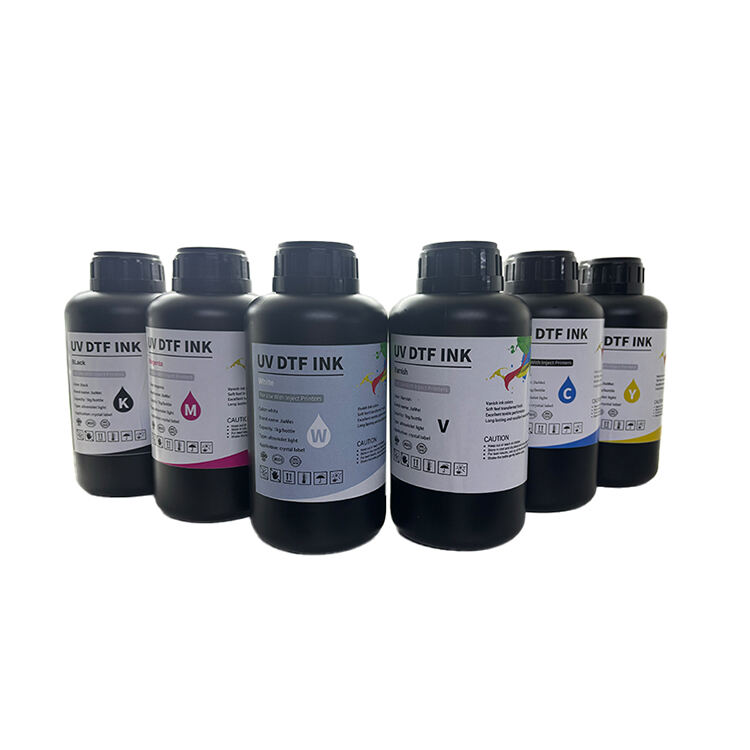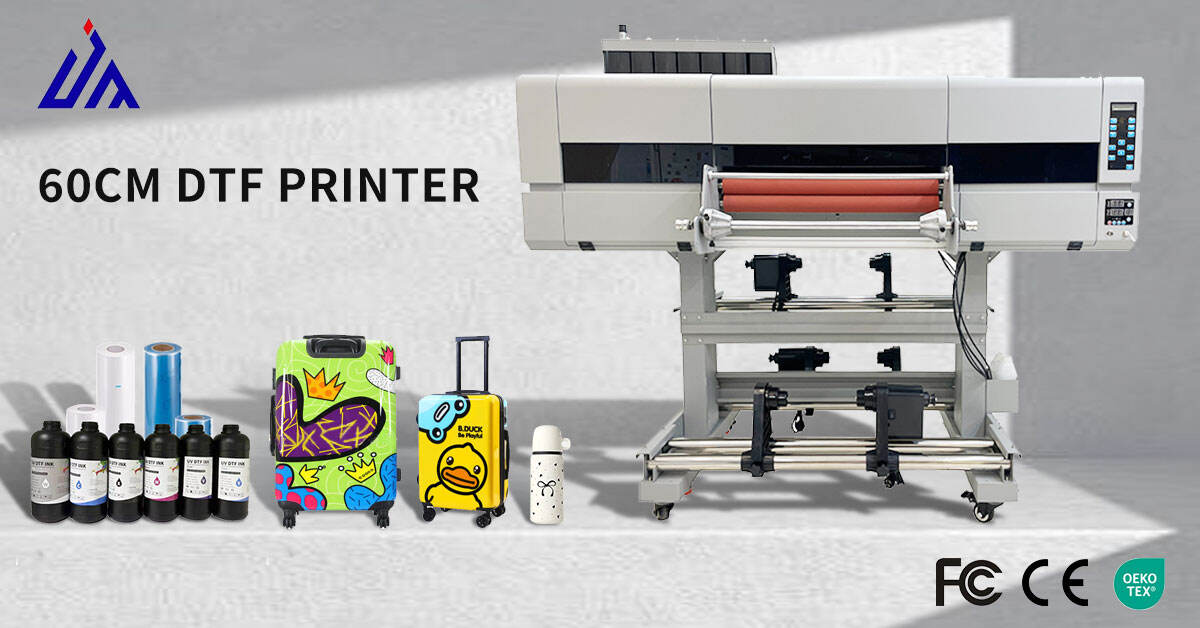silk screen exposure
Silk screen exposure is a fundamental process in screen printing that involves transferring a design onto a mesh screen using light-sensitive emulsion. This critical step creates the stencil through which ink will later pass to produce the final printed image. The process begins with coating a mesh screen with photosensitive emulsion, which is then dried in dark conditions. The design, printed on a transparent film, is positioned on the coated screen and exposed to high-intensity UV light. During exposure, areas of the emulsion not blocked by the design artwork harden and become water-insoluble, while protected areas remain soft and washable. After exposure, the screen is carefully washed, removing unexposed emulsion to create the stencil pattern. Modern silk screen exposure units feature precision-controlled UV lighting systems, ensuring consistent exposure across the entire screen surface. These units often include vacuum systems to maintain perfect contact between the film positive and the screen, preventing light undercutting and ensuring sharp image edges. The technology has evolved to incorporate digital timer controls, variable intensity settings, and even LED light sources for more energy-efficient operation. This versatile process supports various applications, from textile printing to electronics manufacturing, allowing for both fine detail work and large-format production requirements.


